SUNDAY JOINT, 10-1-2023: PAUL STRAUCH’S BEAUTIFUL HARD-RUBBER SOUL

Hey All,
The eagle has not landed. The eagle has swooped in, majestically—I have seen the eagle up close. Then it turns and flies away, and this has in fact happened four or five times now, but today is worse, today feels as if the eagle has dropped a parting gift on the back of my head.
EOS 2.0 is not up. October 1st was the deadline. But we’re not ready, and as much as I want to say we are very close, I have said that before, many times now, to all of you and to myself, and as soon as the words leave my mouth I veer into another thicket of incomplete metadata fields or formatting glitches or some other grindy tedious time-killing issue that only another fool who has tried to dead-lift a big complicated website from one platform to another will understand. In this surf-website Fantasia, the broom of labor keeps dividing. Paddle over one big task and another rises to take its place. Whack that mole, another mole pops up. Oh if I just could metaphor my way to re-launch!
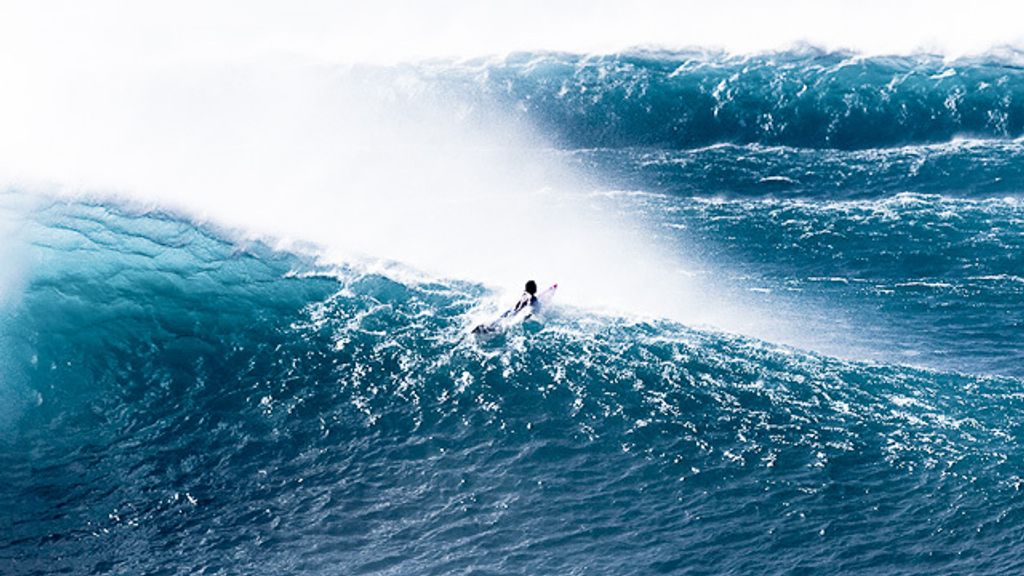
I will say two or three more weeks until EOS 2.0 happens, and you will take that with the brick-sized grain of salt it deserves, and wish me well and know that I am living on espresso and trail mix and borrowed goodwill from my near and dear—including you guys. Thanks again, everyone, for being patient and supportive.
Meanwhile, I have a Joint of sorts here, and let’s start with Paul Strauch, the inspiration behind the Bolt-throwing Gods of Thunder who dominated the North Shore, and thus surfing itself, from the late 1960s to the mid-’70s. Barry Kanaiaupuni and Gerry Lopez have both cited Strauch as a major influence, and while it is hard to see the stylistic overlap between the two younger surfers—BK is John Bonham, Lopez is Sade—it makes more sense when you watch Strauch, who was at his peak and surfing the hell out of Oahu, big waves, small waves, from Queens to Makaha to Sunset, when Gerry and Barry and the rest next-gen crew were kids. Strauch was flowing and feline and weighted at the same time. He didn’t invent that casual bow-legged beachboy stance, but he may have been the first to perfect it, and his hands, knees, head and shoulders moved through space perfectly, artistically, two-thirds hula and one-third Jackson Pollock. Lopez and BK, in the early 1970s, did variations on what Strauch was doing in the early ’60s.
Style and poise, in other words, are things that come to mind when I think of Paul Strauch.
Then comes the footwear.
Let’s step back to Honolulu, 1969. I don’t recall much about Ernie Tanaka except that in ’69, the year I began surfing, his Tanaka Surfboards company was producing what to my young eyes looked like the baddest, fastest, coolest boards around—and that Paul Strauch was their star teamrider. That’s Strauch at Sunset, below, displaying that pre-BK vibe I was just talking about. And that’s Strauch in the shaping room with Tanaka—Paul’s the one with the movie-star smile, the tucked-in shirt—and the penny loafers, which even at nine years old I knew were uncool, except this was Paul Strauch, so cool they must be, by definition, right? But no, that circle could not be squared. It was just . . . square. Cool was Jeff Hakman doing his Super Session interview in just trunks, barefoot and shirtless, hair and muscle all over the place. No loafers in Hakman’s closet.

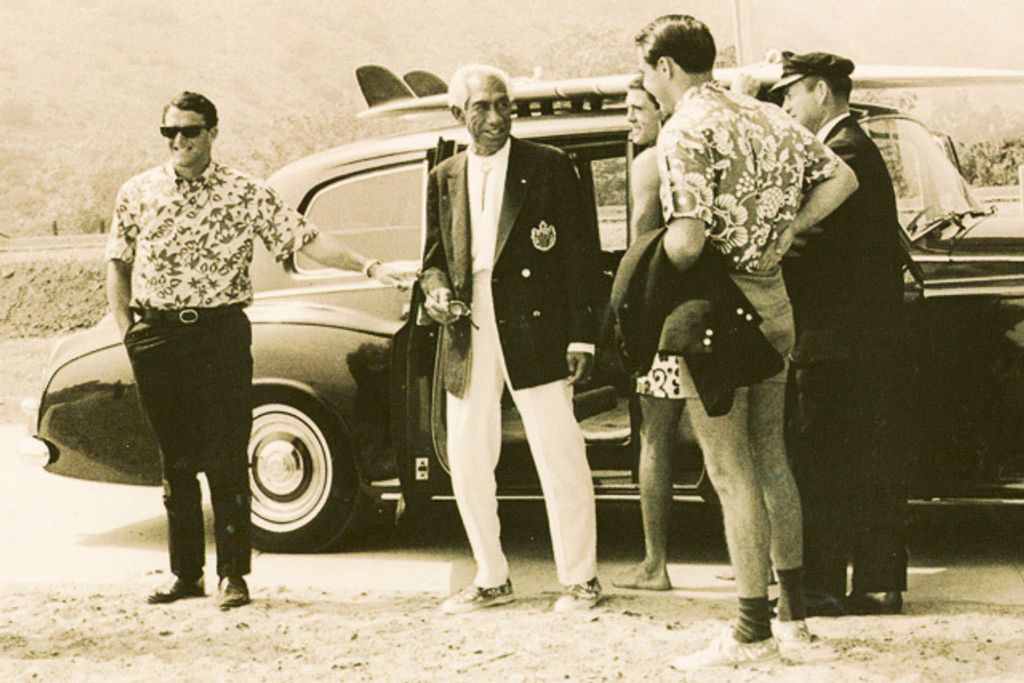
Life rolled on. I rode a hundred-thousand waves and made a career of sorts writing about surfers who rode their hundred-thousand waves much better than I rode mine. I went through a lot of flip-flops and Adidas. I didn’t think about Strauch’s shoes, but I didn’t forget either, and at some point I read a Longboard magazine profile on Strauch and learned that he got a business degree from University of Hawaii in 1968, and by ’69—same year as that shot of him and Tanaka in the shaping room—was selling real estate, and it occurred to me right away that here was the reason why he had those shoes on, and why his shirt was tucked in. Strauch was in business. He had a career outside of surfing. Dress for success.
That was that. Or so I thought.
Only recently did I look closely at the above shot of the Rolls-chauffeured Duke Kahanamoku Surf Team in 1966 arriving at, I’m guessing, Leo Carrillo State Beach and, damn, there’s Strauch, sportcoat under his arm, in short-shorts and signature model Duke slip-on tennies—and black dress socks. I want to mock. But hang on, I’ve got a drawerful of dark-grey merino wool People’s Socks that I flaunt all over the neighborhood here in Queen Anne during the warm months as well as the cold, paired with black-on-white Superstars and discount Fred Meyer shorts. It feels vaguely anti-something to wear thick comfy dark-hued wool, even in summer. So again—Paul Strauch, I see you.

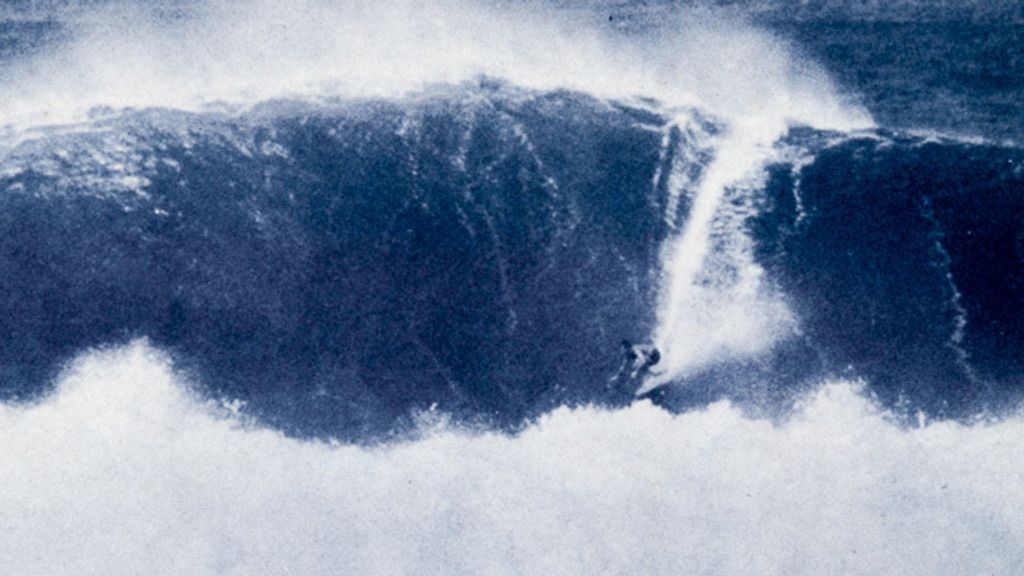
Before leaving I wanted to quickly turn back to something we touched on in last week’s Joint, the idea that women, on occasion, by luck or design—or what am I saying: it’s all design—were a step or two ahead of the men when it came to surfboards. The Malibu “girl boards” in 1950, for example. And same thing again, arguably, with the 1968 World Championships. I say “arguably” because we don’t have a lot of evidence to go by, as the women got so much less media than the men. And you could make the case, too, that the women’s equipment wasn’t as a rule better, but that some of the men, caught up in the try-anything spirit of the day, had just gone a little too radical design-wise (Reno Abellira and Mike Doyle) or had played it too safe (Fred Hemmings). Be that as it may, my little parlor game for this Sunday Joint is to suggest that if the six women finalists, at the end of their heat, had turned their boards over to the six men’s finalists, the shortboard revolution could have time-warped forward by six months. Click here and see what you think. Watch how the boards move over the water and roll in and out of turns. The men surf better than the women, yes, but their boards mostly surf worse, is my take. Not much footage to really judge by, like I say, but if Martha Sunn had handed that sweet little no-color pintail over to teammate Reno Abellira, I think the little boy-king Hawaiian might have speed-surfed his way to a world title.
I’ll be in Southern California next week, and if any of you guys happen to be at the Boardroom Show in Del Mar on Saturday, October 7th, track me down and see how long it takes before I steer the conversation to website re-platforming, search filters, pay channels, and subscription migration. I deserve a penny loafer up the backside, honestly.
Matt
PS: I stand with Strauch with regard to shoes and socks but we part ways when it comes to the appropriate waistband height for surf trunks. Because I no longer go shirtless in public, even in the tropics, you’ll have to take my word that my waistband rides four inches lower than Strauch’s. Free the hipbones.
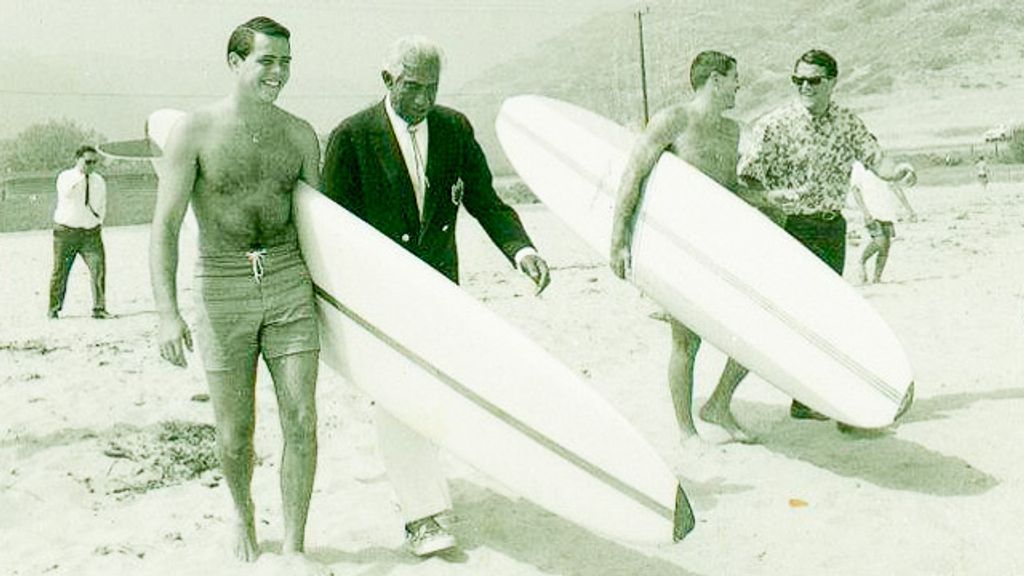
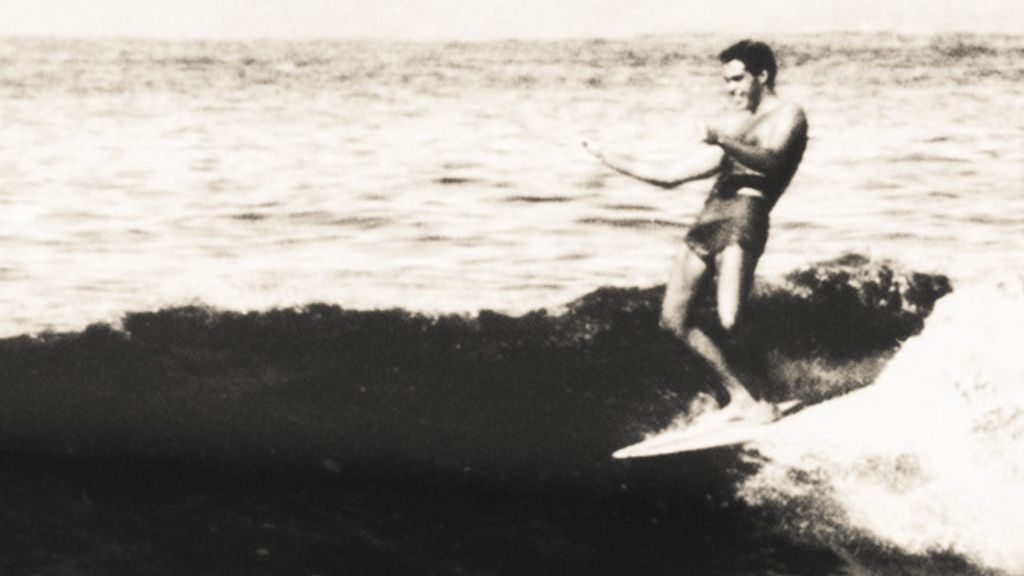
[Photo grid, clockwise from top left: Martha Sunn at the ’68 world titles, photo by Dave Singletary; Paul Strauch by John Severson; Jeff Hakman by Hal Jepsen; Mens finalists, ’68 titles, by Larry Lindberg; Sade; the eagle, laughing because it has not landed. Surfer paddling over wave, photo by Sean Davey. Strauch cutback by Art Brewer. Strauch and Ernie Tanaka, 1969. Strauch and the Duke Surf Team in California, 1966, photo by Doug Fiske. Strauch portrait by LeRoy Grannis. Strauch at Sunset, 1969. Strauch and Duke, with Butch Van Artsdalen and Fred Hemmings, photo by Doug Fiske; Strauch bowlegged and smiling, photo by John Severson.]